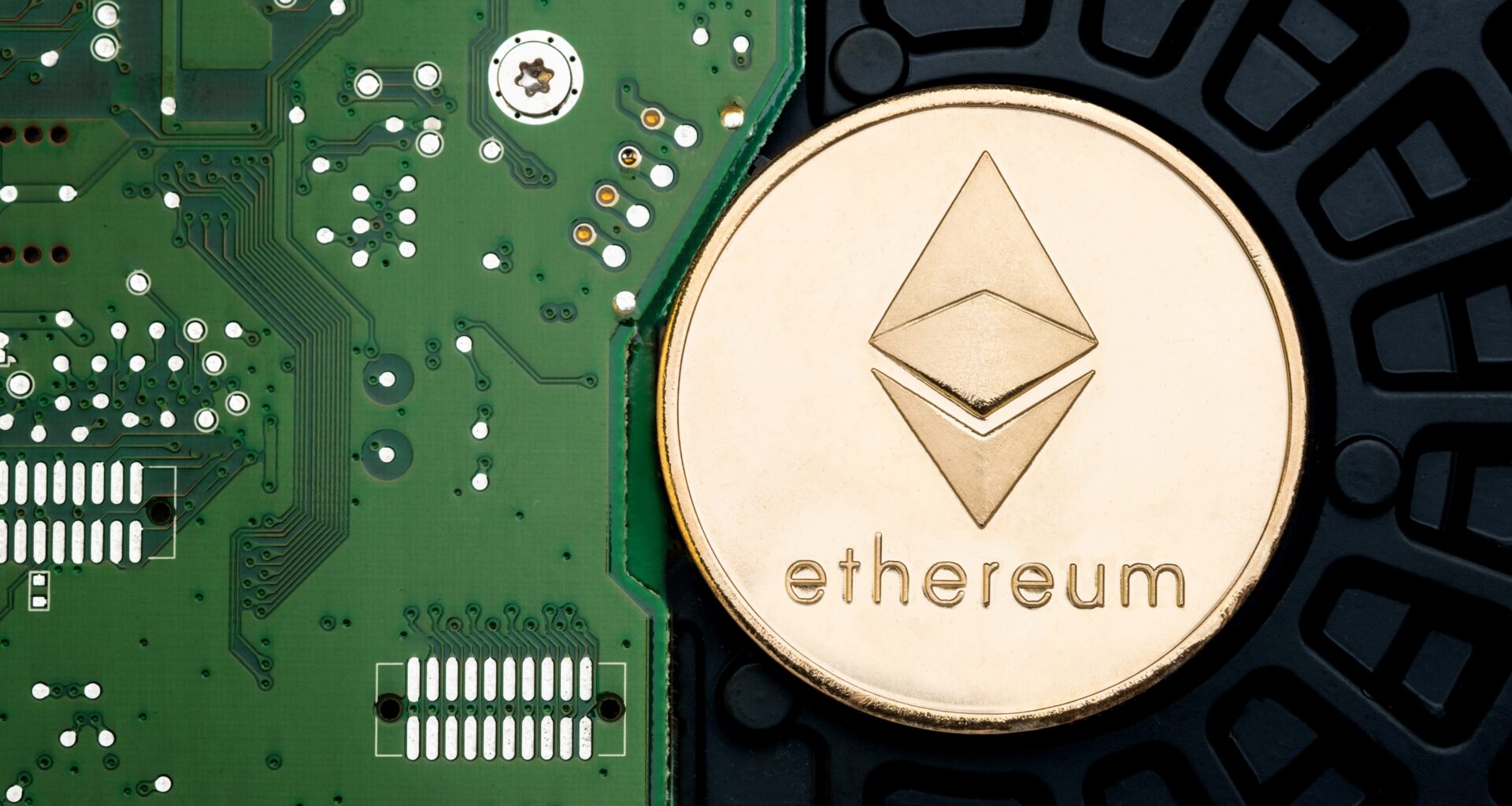Forks occur when significant technical changes or upgrades are made to a network. In Ethereum, upgrades originate from Ethereum Improvement Proposals (EIPs), which change the rules of the protocol. In this article, we share a timeline of some significant updates and forks to the Ethereum blockchain.
What is Ethereum?

Launched on June 30, 2015, Ethereum is a public, permissionless, programmable, decentralised blockchain. The network is run by thousands of volunteers known as nodes around the globe.
Ethereum expanded upon the concept of Bitcoin through smart contracts. These are computer programs that run when predetermined conditions are met. Smart contracts basically allow participants to transact with each other without a trusted central authority.
Its native currency is Ether or ETH, which powers the entire Ethereum network. It is used for peer-to-peer payment, to send or receive transactions, to pay fees, and to secure the network. The crypto asset is stored in a digital wallet and can be staked in exchange for rewards.
Today, most non-fungible tokens (NFT), decentralised finance (DeFi), decentralised autonomous organisations (DAO), play-to-earn games (GameFi), and metaverse projects are running on the Ethereum network.
Notable Forks: The History Behind Ethereum

Canadian-Russian programmer Vitalik Buterin first proposed Ethereum in 2013. In 2014, together with other co-founders viz. Polkadot founder Gavin Wood, Cardan founder Charles Hoskinson, and Consensys founder Joseph Lubin, Vitalik started the development of the project by conducting a public crowdsale to finance it. The same year, a non-profit organisation, the Ethereum Foundation, was founded.
After raising more than $18 million (31,500 in BTC) by selling over 50 million ETH, Ethereum finally went live in the following year, and since then, the network has only been growing. But Ethereum development is not fully completed as the network suffers from scalability issues as well as congestion, high fees, and slow transaction processing.
To overcome these challenges and make the platform more secure, decentralised, and environment friendly, Ethereum undergoes protocol changes known as hard forks. These forks can be planned system upgrades or unplanned breakaways.
Let’s take a look at the most notable Ethereum forks:
2016: Homestead Fork
The first planned hard fork of Ethereum was Homestead which took place on March 14 at block 1,150,000. At the time, the price of ETH was just $12.50.
The Homestead fork included several protocol changes and a networking change that gave Ethereum the ability to do further network upgrades. Considered Phase 2 of Ethereum’s development evolution, this rollout included three critical updates to Ethereum — enabling users to hold and transact with ETH, the ability to write and deploy smart contracts, and the removal of centralisation on the network.
2016: DAO Fork
On July 20, at block number 1,920,000, the controversial DAO hard fork took place on Ethereum. This fork was in response to an attack where a DAO contract was drained of over 3.6 million ETH.
Launched in 2016, The DAO was an early decentralised autonomous organisation (DAO) that raised $150 million worth of ether (ETH). During the token sale, which was to last 28 days and where the tokens were “locked up,” just three weeks into it, a hacker exploited a vulnerability in The DAO’s code and stole the funds. Its contacts contained about 14% of all ether (ETH) in circulation at the time.
In response to this threat, a hard fork was executed to effectively roll back the Ethereum network’s history before the attack. It moved the funds to a new smart contract, allowing investors to withdraw funds.
The decision to fork received over 85% votes from the Ethereum community. Some miners were against this decision because the DAO incident wasn’t a defect in the protocol, and blockchains are supposed to be immutable and censorship-resistant.
Those not in favor of the hard fork continued to work on the original chain, which became known as Ethereum Classic (ETC), and the new chain moved forward as the main Ethereum chain.
2019: St Petersburg/Constantinople
On February 28, at block number 7,280,000, the Constantinople fork occurred concurrently with the St. Petersburg update. These updates ensured that the blockchain didn’t freeze before proof-of-stake (PoS) was implemented. It further optimised the gas cost of certain actions in the EVM so that users have to pay fewer gas fees to process transactions. Another notable improvement was the ability to interact with addresses not created yet.
Constantinople was primarily a maintenance and optimisation upgrade, while St. Petersburg closed a major security loophole that could have allowed hackers to access users’ funds.
Both the upgrades added new rules to the Ethereum software that were incompatible with past versions. They also reduced block reward issuance from 3 to 2 ETH, bringing inflation down.
2020: Beacon Chain
On December 1, the Beacon Chain was finally shipped as the deposits of 32 staked ETH reached their threshold. It introduced the energy-efficient consensus logic to Ethereum. But it ran alongside the original proof-of-work (PoW) Ethereum.
The original PoS blockchain was known as the Beacon Chain, which was created to ensure the PoS consensus logic was sound and sustainable before enabling it on Ethereum Mainnet.
The Beacon Chain existed separately from Ethereum Mainnet until the long-awaited upgrade known as “The Merge” happened in 2022.
2022: The Ethereum Merge
On September 15 at 06:42:42 UTC and block 15537393, The Merge was completed, and with that, Ethereum officially moved from Proof of Work (PoW) to Proof of Stake (PoS). From that moment, there were no longer two blockchains, which is the proof-of-stake Ethereum chain.
With its move to energy-efficient PoS, the network’s energy usage was cut down by 99.95%, dramatically increasing its security and laying the foundation for further improvements to its core infrastructure.
This upgrade, which reduces ETH emissions, combined with EIP-159 and the London hard fork to burn down fees paid in ETH, aims to make Ethereum “ultrasound money.”
However, this isn’t the end of Ethereum improvements but rather just the beginning, with the Merge being the latest step to make the blockchain faster, safer, and more decentralised. This is why Vitalik called it “the first step in Ethereum’s big journey towards being a very mature system.”









